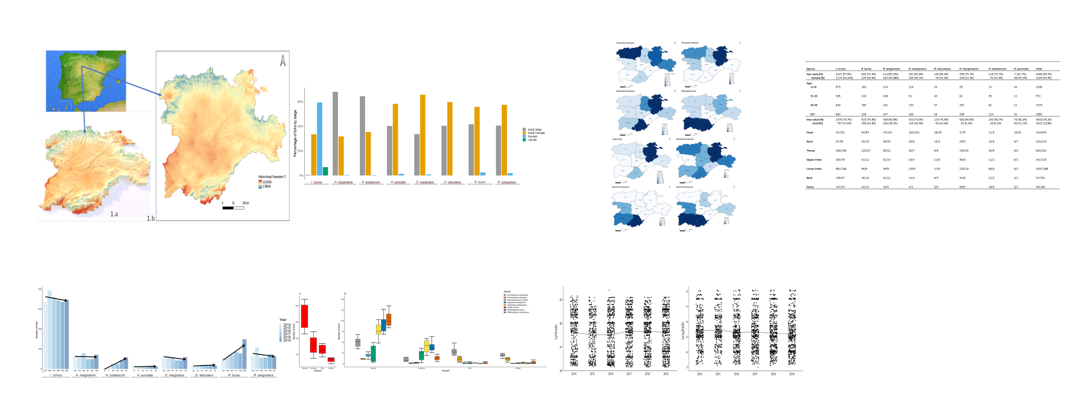Ticks drive a wide diversity of pathogens to a great variety of hosts, including humans. We conducted a tick surveillance study in northwestern Spain between 2014 and 2019. Ticks were removed from people and were identified. Tick numbers, species, development stages, evolution over time, seasonal and geographical distribution, and epidemiological characteristics of people bitten by ticks were studied. We collected ticks from 8143 people. Nymphs of Ixodes ricinus were the most frequently collected. Rhipicephalus bursa, Rhipicephalus sanguineus sensu lato (s.l), Hyalomma marginatum, Hyalomma lusitanicum, Dermacentor marginatus, Dermacentor reticulatus and Haemaphysalis punctata were also found, with adults as the main stage. Hyalomma spp. and R. bursa have been progressively increasing over time. Although bites occurred throughout the year, the highest number of incidents were reported from April to July. The distribution patterns of the tick species were different between the north and the south of the region, which was related to cases detected in humans of the pathogens they carried. Adult men were more likely to be bitten by ticks than women. Ticks were most frequently removed from adults from the lower limbs, while for children they were mainly attached to the head. Epidemiological surveillance is essential given the increase in tick populations in recent years, mainly of species potentially carrying pathogens causing emerging diseases in Spain, such as the Crimean Congo Hemorraghic Fever (CCFH).

